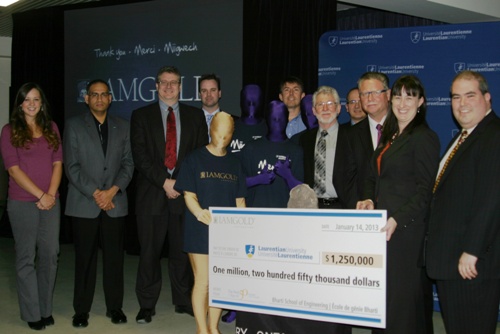The Globe and Mail is Canada’s national newspaper with the second largest broadsheet circulation in the country. It has enormous influence on Canada’s political and business elite.
TORONTO and MONTREAL – Harry Winston Diamond Corp. is selling its storied luxury retail unit to Switzerland’s Swatch Group Ltd., leaving the company to focus squarely on the business of mining after eight years as a high-end jeweller.
Months after the company said interested parties were circling its diamond jewellery and watch business, Harry Winston said on Monday that it’s selling the operation to Swatch for $750-million (U.S.), giving it a healthy cash injection as it eyes an industry ripe for consolidation.
Including $250 million in assumed net debt, the deal has an enterprise value of $1-billion, worth nearly three times what Harry Winston paid for the assets.
For Swatch, the world’s number one maker of finished watches, the deal fills a gap in the high-end jewellery business after the collapse of a partnership with Tiffany & Co. in 2011. “It’s a match made in heaven,” said Jon Cox, head of Swiss research with Kepler Capital Markets in Geneva.
Once the deal closes, Harry Winston is to be renamed Dominion Diamond Corp., its latest move in recent months to push deeper into diamond mining after agreeing in November to buy a controlling stake in Ekati, Canada’s oldest diamond development, from BHP Billiton Ltd.
























